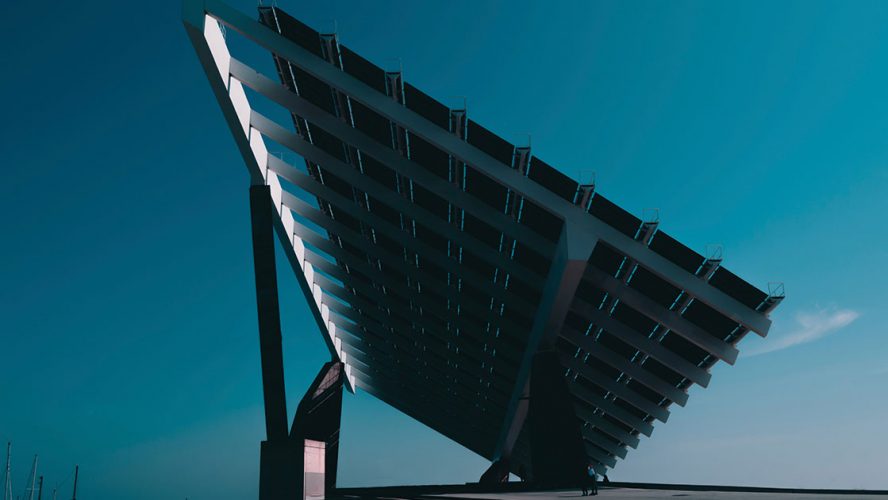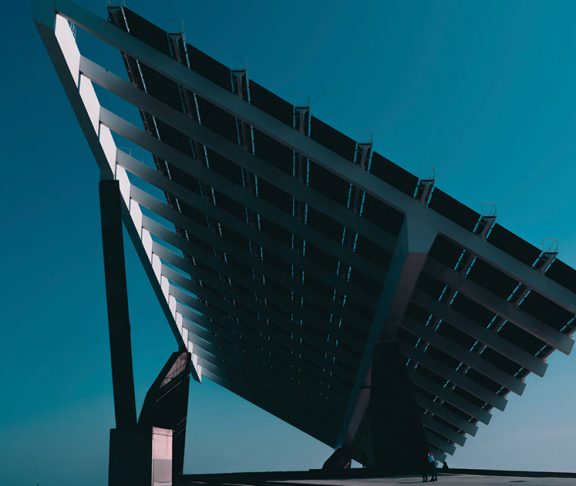These architects believe that we must maximize building performance to meet our climate goals, while keeping pace with growth.
Doubling demand
The situation that has inspired this paradigm shift is stark. Buildings consume 40 percent of global energy production; they account for approximately one-third of global greenhouse gas emissions. And by 2050, around 10 billion people will live on the planet — meaning global energy demand will double.
As part of the solution, an increasing number of architectural companies are focusing on high-performance building design and the drive towards a carbon-neutral built environment. Many prominent firms, including HOK, CTA, and Eskew+Dumez+Ripple, have taken significant steps in this area by signing on to the AIA 2030 Commitment; this national framework tracks progress toward meeting the Architecture 2030 Challenge, which charges the worldwide design-build community with achieving carbon neutrality on all new buildings, developments and major renovations by 2030.
Setting the standard
In the last decade, the movement towards low-carbon building has accelerated, and building with sustainability and high performance in mind has now become the standard approach. Zero Net Energy (ZNE) buildings have gone from being prototypes and experiments to being a reality, with living examples dotting the landscape and in the case of California, being the standard that will be adopted for all new residential buildings in 2020, and commercial buildings in 2030.
State-of-the-art building information and energy modeling software, such as Autodesk Revit and Insight, has helped many architecture firms to design more energy-efficient buildings. These tools integrate environmental performance into the design process from day one, helping architects and engineers set and work towards Energy Use Intensity targets from a project’s outset. Software that makes energy modeling truly accessible and visually intuitive for both architects and engineers is a relatively new leap in the right direction.
Designing a low-carbon future requires unprecedented levels of collaboration, creativity and imagination. The climate change challenge is one that designers and design-driven businesses are in the best position to solve. We must celebrate the architecture firms that are taking bold steps to meeting their AIA 2030 Commitments, so that it becomes a standard practice across the industry.

